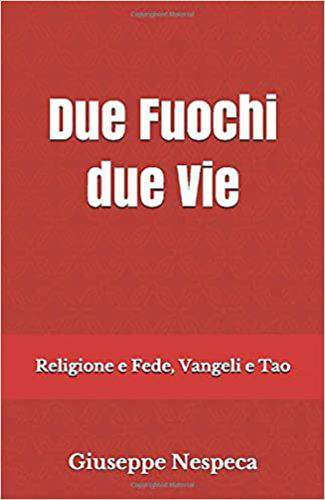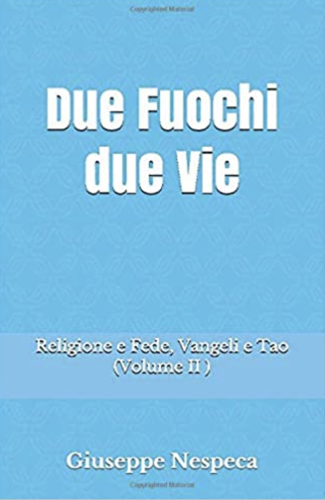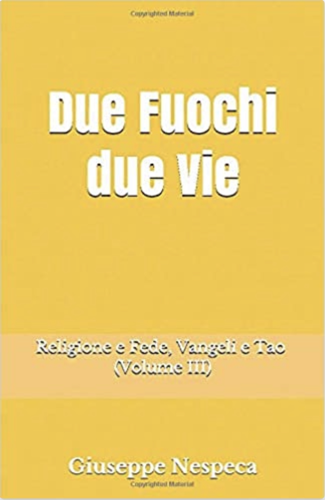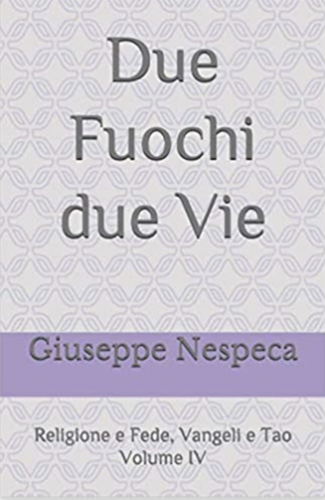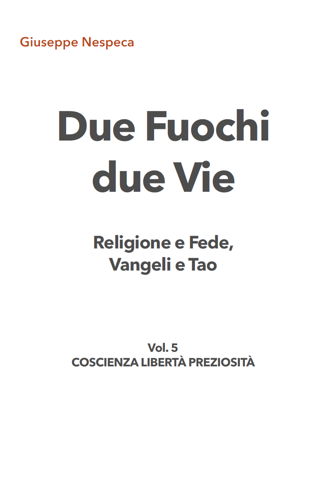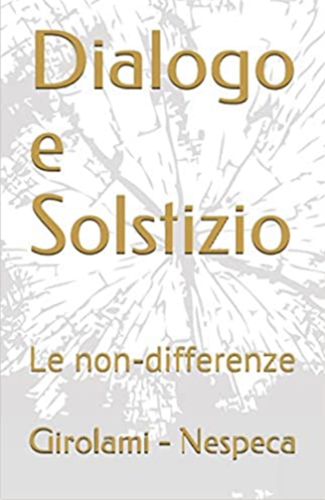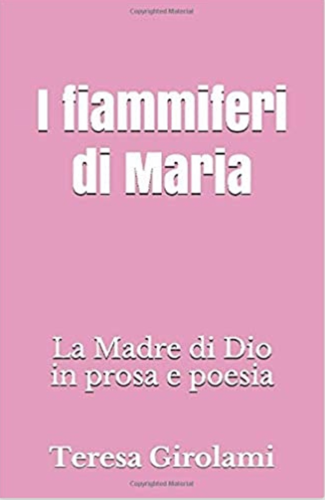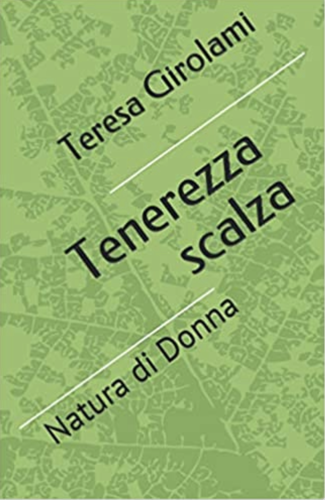2. Truly, it would be difficult to find a moment when Mary could have uttered with greater transport the words she once spoke after the annunciation, when, having become the virginal Mother of the Son of God, she visited the house of Zechariah to care for Elizabeth;
"My soul doth magnify the Lord ...
Great things the Almighty has done in me, and holy is his name' (Lk 1:46, 49).
If these words had their full and superabundant motivation on Mary's lips when she, immaculate, became the mother of the eternal Word, they reach their definitive culmination today.
Mary who, thanks to her faith (so exalted by Elizabeth) at that moment still under the veil of mystery, entered the tabernacle of the most holy Trinity, today enters the eternal dwelling, in full intimacy with the Father, the Son and the Holy Spirit, in the beatific vision 'face to face'. And this vision, as the inexhaustible source of perfect love, fills his whole being with the fullness of glory and happiness. Thus the assumption is, at the same time, the 'crowning' of Mary's entire life, of her unique vocation, among all the members of humanity, to be the Mother of God. It is the 'crowning' of the faith that she, 'full of grace', demonstrated during the annunciation and that Elizabeth, her relative, so emphasised and exalted during the visitation.
Truly we can repeat today, following Revelation: 'The sanctuary of God was opened in heaven and the ark of the covenant appeared in the sanctuary... Then I heard a great voice in heaven saying, 'Now salvation is accomplished, and the power and the kingdom of our God, and the might of his Christ'" (Rev 11:19; 12:1O).
The kingdom of God in her who always desired to be only "the handmaid of the Lord". The power of her Anointed One, that is, of Christ, the power of the love he brought to earth like a fire (cf. Lk 12:49); the power revealed in the glorification of she who through her "fiat" made it possible for him to come to this earth, to become man; the power revealed in the glorification of the Immaculate, in the glorification of his own mother.
3. "...Christ is risen from the dead, the firstfruits of those who have died. For if for a man's sake death came, for a man's sake the resurrection of the dead will also come; and as all die in Adam, so shall all receive life in Christ. But each in his own order: first Christ, who is the firstfruits; then, at his coming, those who are Christ's" (1 Cor 15:20-23).
Mary's assumption is a special gift of the Risen One to his mother. If, in fact, "those who are Christ's" "will receive life" "at his coming", then it is right and understandable that this participation in the victory over death should be experienced first by her, the Mother herself; she who is "Christ's" in a fuller manner: in fact, he too belongs to her as the son belongs to the Mother. And she belongs to him: she is, in a special way, "of Christ", because she was loved and redeemed in an altogether singular way. She who in her very human conception was immaculate - that is, free from sin, the consequence of which is death - by the same fact, was she not to be free from death, which is the consequence of sin? Was not that "coming" of Christ, of which the Apostle speaks in today's second reading, "supposed" to be accomplished, in this one case exceptionally, so to speak, "immediately", that is, at the moment of the conclusion of earthly life? For her, I repeat, in whom his first 'coming' was fulfilled, in Nazareth and in the night of Bethlehem? Therefore that end of life, which for all men is death, in Mary's case tradition rightly calls it rather dormancy.
"Assumpta est Maria in caelum, gaudent Angeli! Et gaudet Ecclesia!"
4. For us, today's solemnity is almost a continuation of Easter: of the resurrection and ascension of the Lord. And it is, at the same time, the sign and source of the hope of eternal life and the future resurrection. Of this sign we read in the Apocalypse of John: "Then there appeared a great sign in heaven: a woman clothed with the sun, with the moon under her feet and on her head a crown of twelve stars" (Rev 12:1).
And although our life on earth takes place, constantly, in the tension of that struggle between the dragon and the woman, of which the same book of holy Scripture speaks; although we are daily subjected to the struggle between good and evil, in which man has participated since original sin - from the time, that is, when he ate "of the tree of the knowledge of good and evil", as we read in the book of Genesis (Gen 2:17; 3:12): although this struggle sometimes takes on dangerous and frightening forms, nevertheless that sign of hope persists and is constantly renewed in the faith of the Church -.And today's feast allows us to look at this sign, the great sign of the divine economy of salvation, with confidence and all the greater joy.
It allows us to look forward to this sign of victory, of not succumbing, in the final analysis, to evil and sin, as we await the day when all will be accomplished by the one who has brought victory over death: the Son of Mary; then he will "hand over" the kingdom to God the Father, having reduced to nothing all principality and all power and might" (1Cor 15:24) and will place all enemies under his feet and will annihilate, the last enemy, death (cf. 1Cor 15:25).
Dear brothers and sisters, let us joyfully participate in today's Eucharist! Let us confidently receive the body of Christ, mindful of his words: "He who eats my flesh and drinks my blood has eternal life, and I will raise him up on the last day" (Jn 6:54).
And today let us venerate her who gave Christ our human body: the Immaculate and Assumption, who is the bride of the Holy Spirit and our mother!
[Pope John Paul II, homily 15 August 1980]





